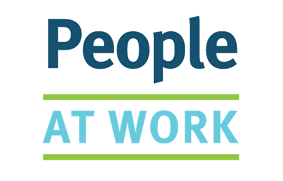Identify the hazards
Psychosocial hazards are the things at work that create a risk to mental health. These hazards can also cause physical harm.
Psychosocial hazards can come from:
- the design or management of work
- the work environment
- plant (e.g. equipment) at a workplace, or
- workplace interactions or behaviours.
Psychosocial hazards include:
- job demands
- low job control
- poor support
- lack of role clarity
- poor organisational change management
- inadequate reward and recognition
- poor organisational justice
- traumatic events or material
- remote or isolated work
- poor physical environment
- violence and aggression
- bullying
- harassment, including sexual harassment, and
- conflict or poor workplace relationships and interactions
Assessing the risks
Assessing the risk will help you work out what is reasonably practicable to control it. To assess the risk of harm, you need to consider the workers affected and the duration, frequency and severity of their exposure to the hazard.
- Duration – how long is the worker exposed to the hazards or risks?
- Frequency – how often is the worker exposed to the hazards or risks?
- Severity – how severe are the hazards and the workers’ exposures?
For example, you should consider which workers face high work workloads, how long those workloads last, how often they experience high workloads and how excessive the workloads are.
You must think about all the psychosocial risks together, rather than just each risk on its own. For example, a worker exposed to aggressive customer behaviour is more likely to be harmed if at that time they do not have other workers to support them and aren’t allowed to change the way they work to de-escalate the situation.
Control the risks
You must eliminate risks to health and safety if it is reasonably practicable to do so. If it is not reasonably practicable to eliminate the risks, you must minimise risks so far as is reasonably practicable.
Monitor and review control measures
The last step of the risk management process is to review the effectiveness of the implemented control measures to check they are working as planned. If a control measure is not working well, it must be changed or replaced.
Reviewing control measures should be done regularly and is required:
- when the control measure is not eliminating or minimising the risks so far as is reasonably practicable
- before a change at the workplace that is likely to have new or different WHS risks that the control measure may not effectively control
- if a new hazard or risk is identified
- if the results of consultation indicate a review is necessary, or
- if an HSR requests a review because they reasonably believe one of the above has occurred and it has not been adequately reviewed already.
People at Work online psychosocial risk assessment tool

Workplaces can use the People at Work online risk assessment tool to identify psychosocial hazards.
This free online risk assessment tool is easy to use and includes supporting resources for businesses.
The People at Work online assessment tool can help your workplace identify, assess and action psychosocial risks and meet your duties under WHS laws.

